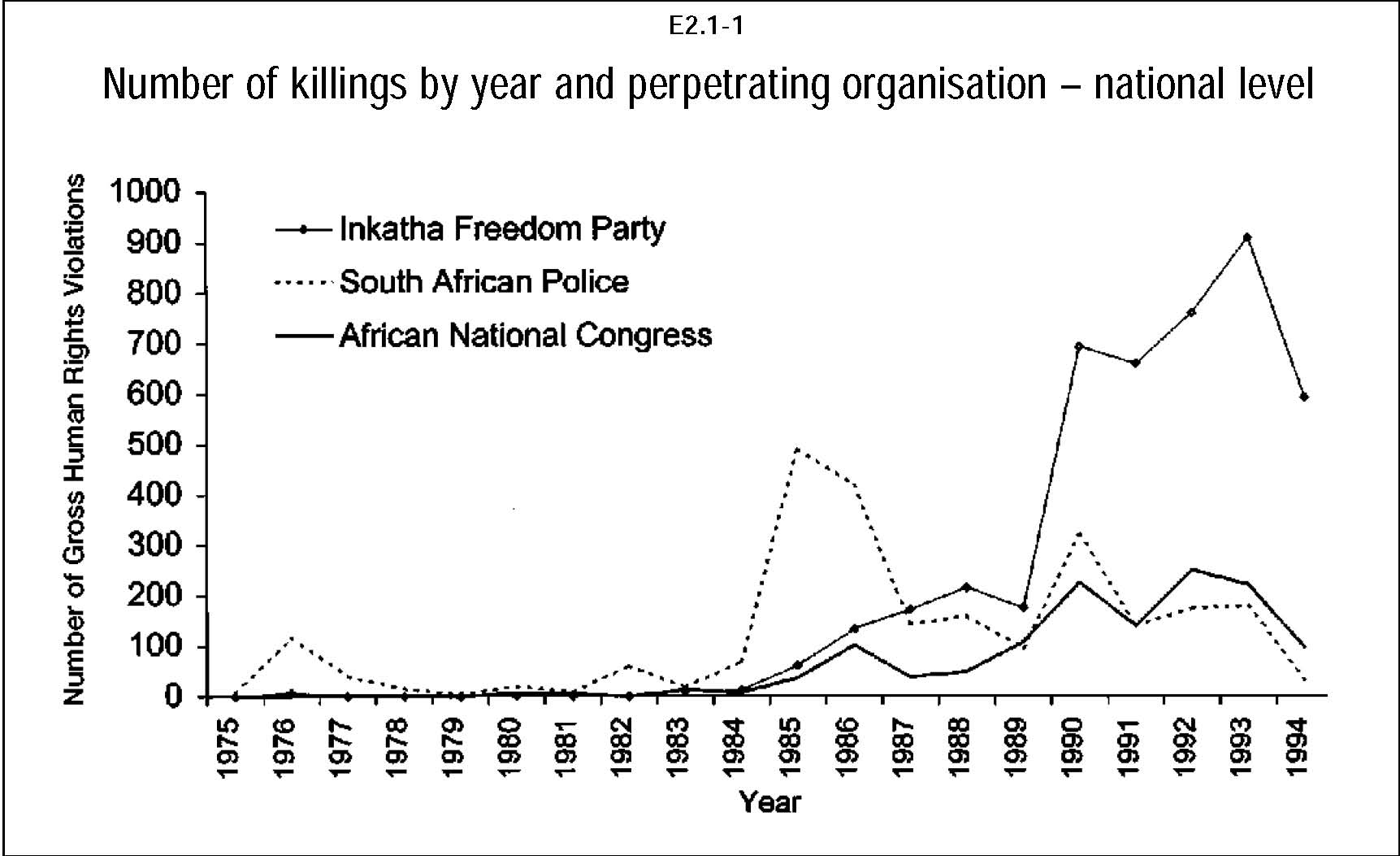

A CDC study also found that a shorter time period between births is linked to autism spectrum disorder. Postpartum pregnancy can prevent your body from fully healing from childbirth and put your baby at risk of premature birth and infant mortality. Research-based recommendations suggest spacing pregnancies by at least 12 to 18 months. Related reading: Birth control after childbirth: Long-term options for new moms You will start ovulating between delivery and your first period – up to six weeks after birth, which is typically the same amount of time we recommend you wait to have sex. The majority of pregnancies that occur less than a year after a previous birth are unplanned. If you have sex without a reliable form of birth control, you can get pregnant – even in the first few weeks after giving birth. After lochia ends, the timing, flow, and duration of every woman’s period varies, but enough similarities exist to answer common questions about postpartum menstruation. If your blood loss seems excessive, see your provider right away. Up to 5% of patients experience uncontrolled bleeding, or postpartum hemorrhage, a condition accompanied by symptoms such as low blood pressure, pale skin, and nausea. The muscle contractions from this process feel similar to period cramps.Ĭaring for a newborn will consume most of your attention, but be sure to monitor the amount of blood you’re losing during the first few weeks after delivery. Your uterus expands several times its size to keep up with the growth of your baby after birth, it shrinks back down. However, you are not ovulating regularly yet – releasing eggs from your ovaries – so lochia isn’t a true menstrual period.Ĭramping further blurs the line between lochia and menstrual bleeding. The color will transition from dark red to brownish-pink to off-white. Like a period, it typically starts heavy and becomes lighter over time, eventually ending with some spotting. This is called lochia, a mix of blood and uterine tissue the body doesn’t need after pregnancy. For two to three weeks after a vaginal or cesarean section (C-section) delivery, they experience what looks like a heavy period. Many new moms are surprised by how much they bleed after having a baby.


 0 kommentar(er)
0 kommentar(er)
